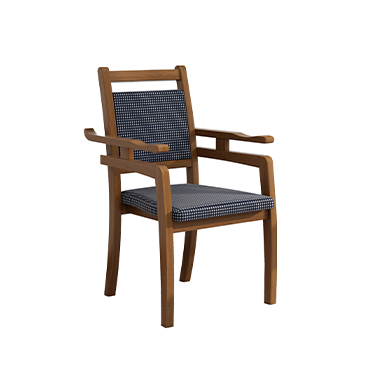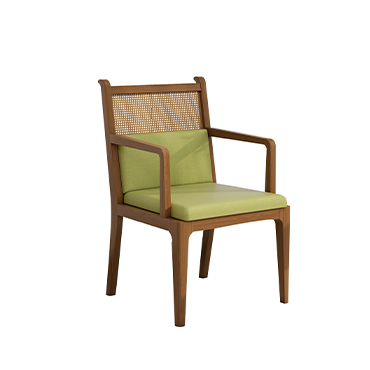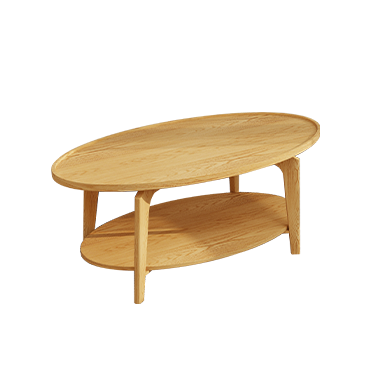The Important Role of Elderly-Friendly Furniture in Senior Living
1.Safety First: Reducing the Risk of Accidents
Anti-slip and Fall Prevention Design: Features like non-slip flooring, step-free thresholds, grab bars in bathrooms, and raised toilet seats significantly reduce the risk of falls at home.
Rounded Corners and Stable Structures: Furniture with rounded edges and solid construction helps prevent injuries from bumps and tip-overs.
2.Enhancing Independence: Supporting Self-Care
Optimal Height Design: Seat heights between 420–550 mm and bed heights of 400–500 mm make sitting and standing easier for seniors.
User-Friendly Components: Oversized handles, easy-to-grip knobs, low-set storage spaces, and intuitive layouts enable seniors to access items with less effort.
3.Health Support: Ergonomic and Comfortable
Supportive Seating and Bedding: Avoiding overly soft cushions, using ergonomic materials, and providing adequate lumbar support can help reduce fatigue and joint strain.
Natural, Breathable Materials: Wood, rattan, and fabric materials offer comfort, reduce allergic reactions, and create a homely, welcoming atmosphere.
4.Smart Features: Enhancing Convenience and Safety
One-Touch Smart Controls: Smart beds, motion-sensor lights, and voice control systems simplify daily tasks for the elderly.
Health Monitoring and Alerts: Smart furniture can track heart rate, detect when a person gets out of bed, and trigger alerts if abnormalities are detected.
Voice Interaction: Seniors can use voice assistants for tasks like setting alarms or making calls, reducing dependency on complex devices.
5.Emotional Wellbeing: Reducing Loneliness
Furniture with Emotional Design: Soft textures, warm tones, and emotionally comforting design can offer psychological security and reduce anxiety.
Interactive and Multifunctional Furniture: Some pieces integrate spaces for pets or hobbies, helping seniors feel accompanied and emotionally supported.
6.Thoughtful Layout: Improving Home Mobility
Barrier-Free and Spacious Pathways: Wider hallways (800+ mm), turning space for wheelchairs, and well-placed handrails facilitate movement and caregiving.
Efficient Zoning: Grouping essential areas like bedrooms, kitchens, and bathrooms and equipping them with proper lighting and sound insulation can significantly enhance quality of life.
7.Easing Family and Social Burdens
Greater Self-Sufficiency: Elderly-friendly furniture supports seniors in living independently, reducing the need for full-time care and alleviating pressure on families and caregivers.
Government and Market Support: In many regions, local governments offer subsidies for home adaptation projects (typically $150–$450 per household), promoting widespread adoption of age-friendly upgrades.
Conclusion
Elderly-friendly furniture is more than just functional — it’s a comprehensive support system that ensures comfort, safety, and dignity in senior living. By integrating:
Protective safety features,
Support for autonomy,
Ergonomic and health-conscious design,
Smart, user-friendly technology,
Emotional warmth,
Optimized space planning, and
Community and policy support,
elder-friendly furniture improves the daily life of seniors and reduces the burden on their families. As global aging accelerates, it is crucial for the furniture industry to embrace and promote such designs — not only to meet market demand but also to contribute to the broader well-being of an aging population.





